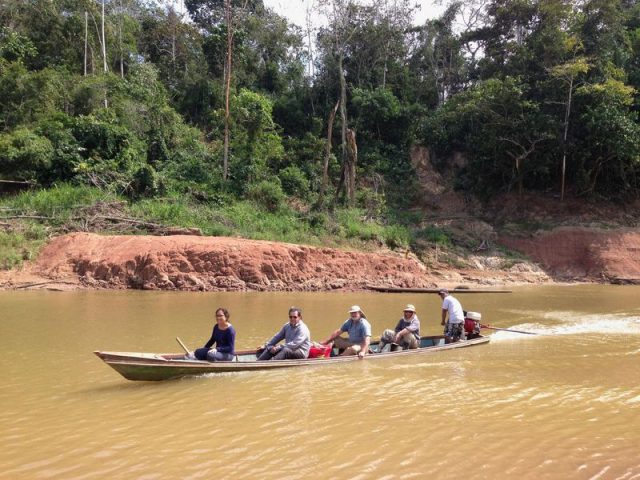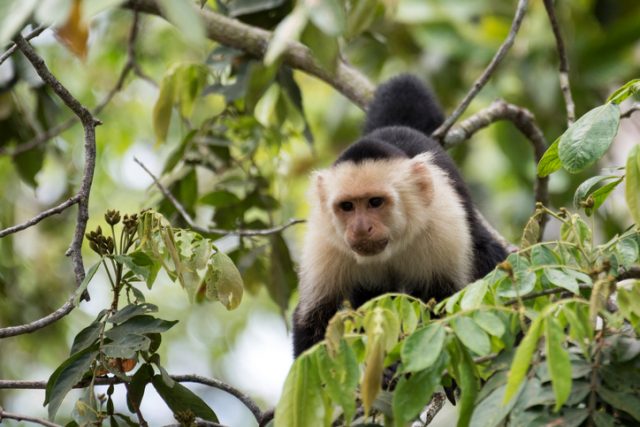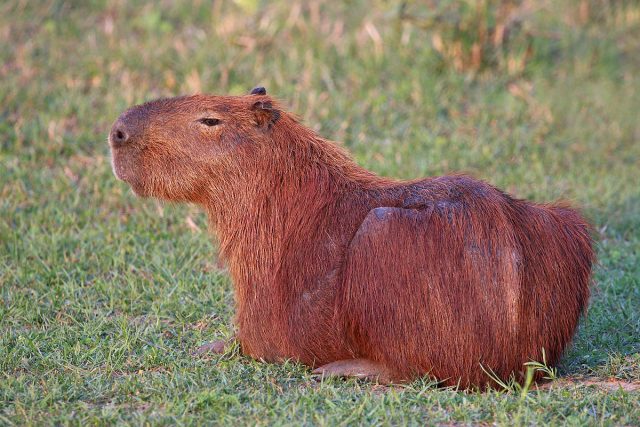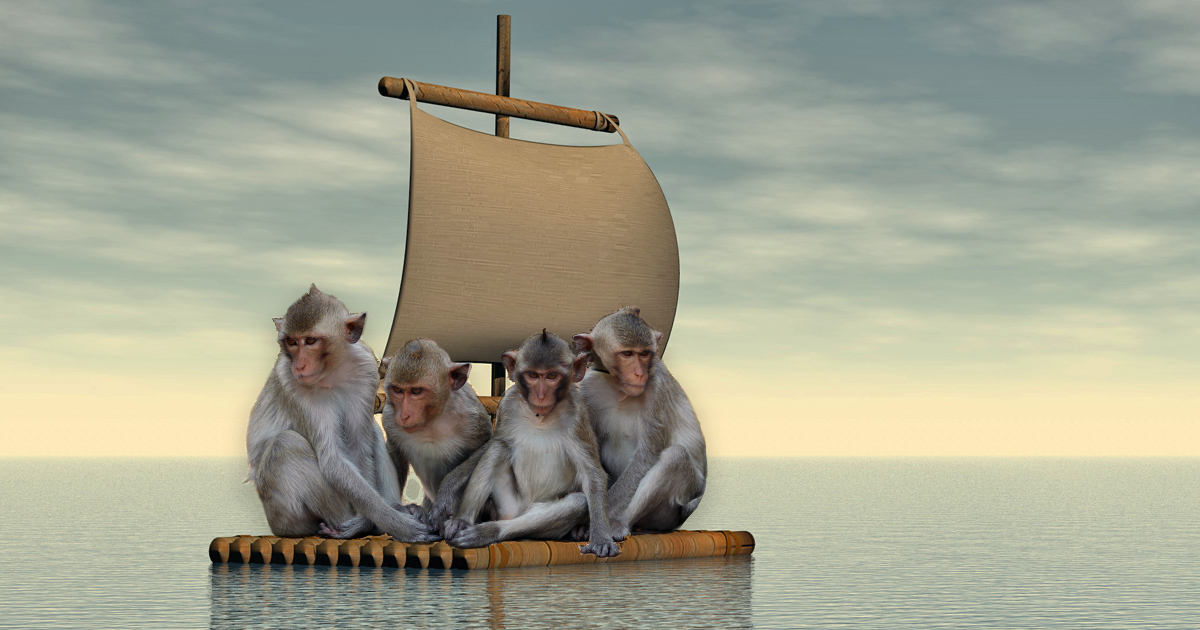According to Smithsonian Magazine, it appears that certain varieties of monkeys in South America got there by riding rafts of floating vegetation across the Atlantic Ocean from the coasts of Africa. Even more remarkably, a recently-published study suggests the same thing happened before, in our pre-history.
Researchers in Peru found a fossilize tooth from a now-extinct species of monkey which also has its origins in Africa, and is believed to have likewise floated to South America on a natural raft made of earth and vegetation from the coastlines of Africa around 30 million years ago.
Eric Sieffert, a paleontologist from the University of Southern California, documented a fossil site near the border of Peru and Brazil carrying an unusual mix of fossils. The site, which is made up of 32 million year old stone, contains fossils from New World monkeys, bats, and an early relative of the capybara. In addition, the site also carries fossils from another type of primate that scientists believed only existed in Africa.

The fossils in question are a set of four teeth. While a set of teeth sounds less impressive than finding, say, a dinosaur skeleton, they’re very import in terms of the fossil record because they are both very durable, therefore more likely to survive for millions of years, and also because mammalian teeth tend to change pretty quickly, evolutionarily speaking, so are relatively distinct.

Sieffert said that it would have been a difficult trip to make, but smaller animals, such as monkeys, would be more likely to survive since they require less food and water than larger mammals would during the same type of trip. He went on to say that would explain why most over-water dispersal events shown in the fossil record relate to smaller animals. The only other species known to have made a similar trip across the Atlantic are, in fact, New World monkeys and a type of rodent which is believed to be an early ancestor of the capybara.

Sieffert said that the species the teeth belonged to would resemble today’s New World monkeys, but the details of the long bones, the teeth, and the crania would set them apart. The molars the team found were almost identical to those you would find from the parapithecid Quatrania that could be found in Egypt, Libya, and Tanzania between 56 million and 23 million years ago.
Ellen Miller, a paleontologist from Wake Forest University who was not involved in Sieffert’s research, says that the teeth of parapithecid teeth are distinctive, so it would be unlikely that another mammal, even another type of monkey, would spontaneously develop the same type of teeth as the parapithecids that were alive that long ago.
The teeth were found while the ream was doing an excavation on the left bank of the Yurua River in Peru, and the animal they came from has been named Ucalyalipithecus Perdita, a name deriving from the part of the Amazon where it was found and the Greek and Latin words for ‘lost’ and ‘monkey.’ It’s believed that the species would have small, weighing around 12 ounces.
According to Sieffert, if the Peruvian species bore a close resemblance to its African relatives, it would probably have lived in trees and been good at leaping. He also said that he had been a bit skeptical of the idea of animals crossing the then-900-mile-wide stretch of ocean until he saw a video which showed large mats of earth and vegetation floating down the Panama Canal.
Related Article: Scientists Find “Lost City of the Monkey God” with Rare Animals Thought Extinct
They were so large that there were trees standing upright and growing on them. After seeing the video, he concluded that if a few small primates had been riding on a raft of that type and with still-growing trees and possibly fruit, it wasn’t too farfetched that they could survive the trip. The results of the study were just published in the journal Science.
